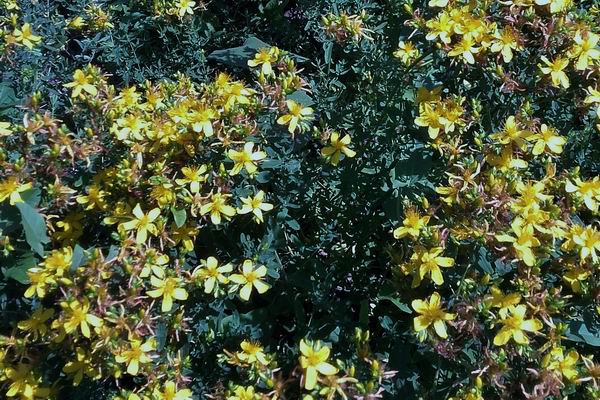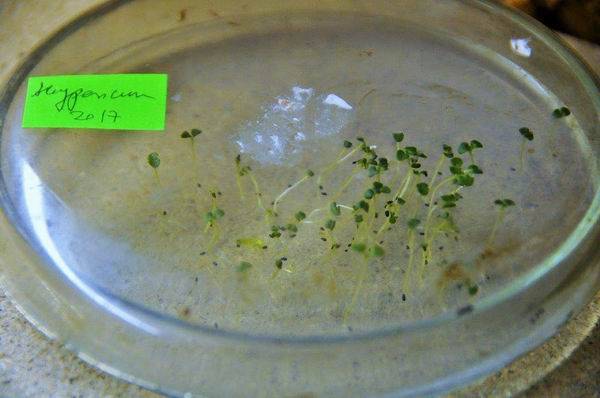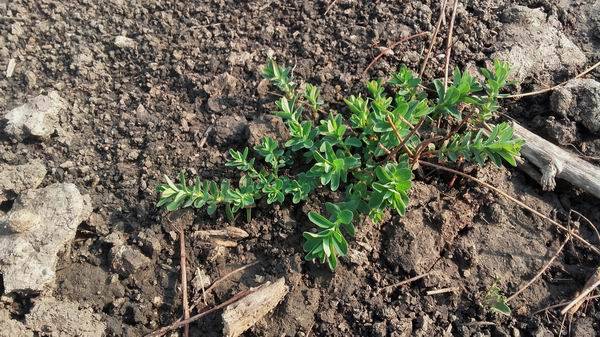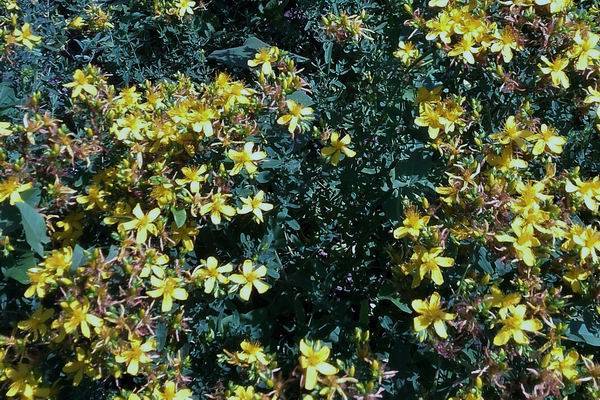
Our basic goal within the framework of Pannon Breeding was to select species carrying the content substances (in the case of biological activity they are called active substances) that all plant species fundamentally contain in a way that they include:
- Herb species grown for a long time in horticulture/arable crops (medicinal sage)
- Herbs that are new to horticulture but have substantial pharmacological effect (St John`s-wort, spearmint, maral root)
- perennial herbaceous (St John`s-wort, spearmint, hoary willowherb, maral root) and two-year herbaceous (red foxglove)
- Strong-acting (red foxglove) and of phytotherapeutic importance (St John`s-wort, spearmint, maral root, medical sage)
- Newly discovered relative of a well-known herb (shrub tea grass, lumpy barberry)
- Less (spearmint, maral root, hoary willowherb, red foxglove) and more drought-tolerant (St John`s-wort, medicinal sage, herbaceous semi-shrub and shrub)
- While producing different active substances, there should be a distinctive marker in each species whose accumulation responds to the environmental factors
In vitro micro-reproduction and drug content testing also addresses the following species:
Hawthorn, briar, vitex, ivy, painter clapping, gut yarrow, annual wormwood, black wormwood, buckthorn, mullein, elecampane




